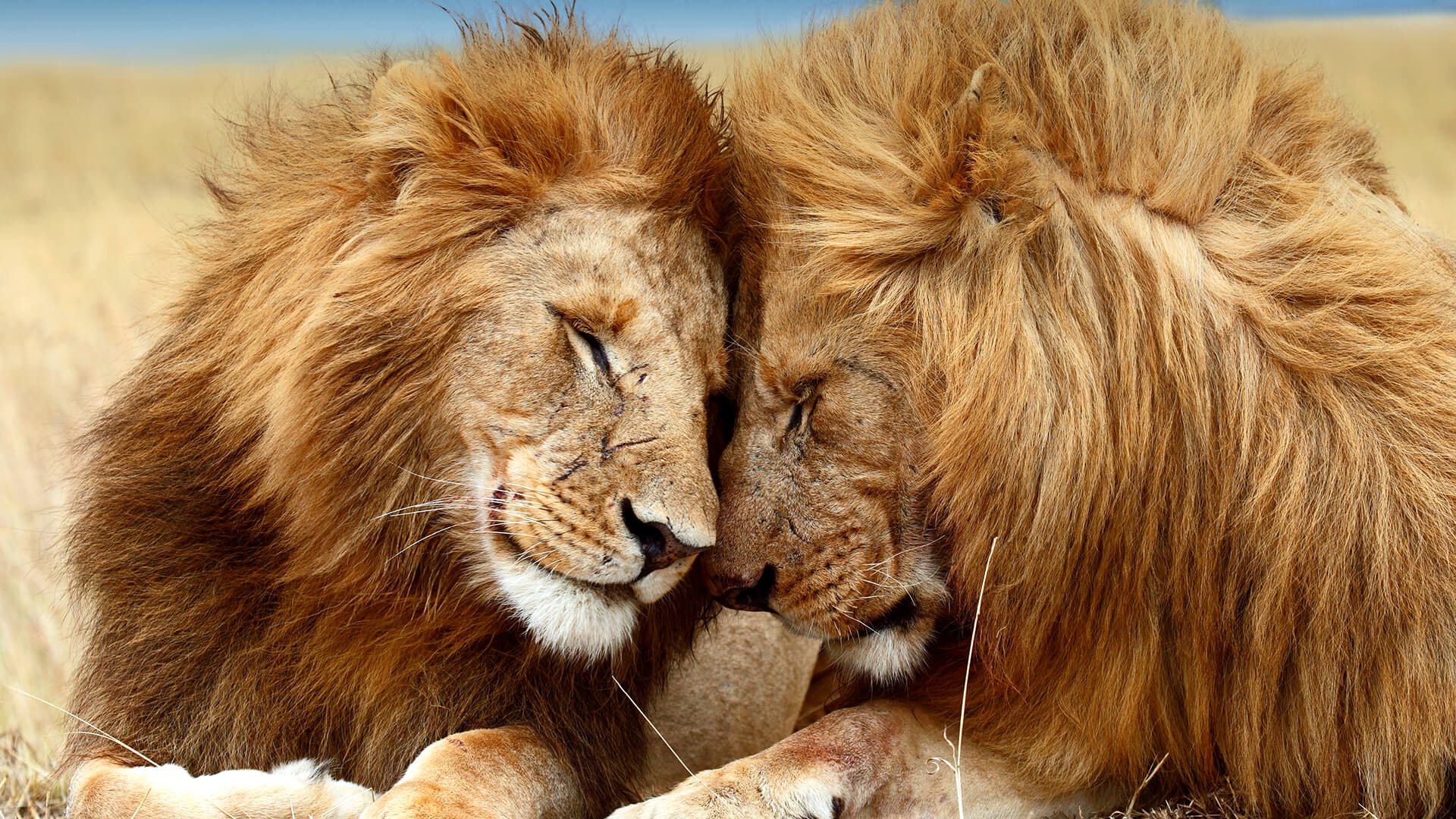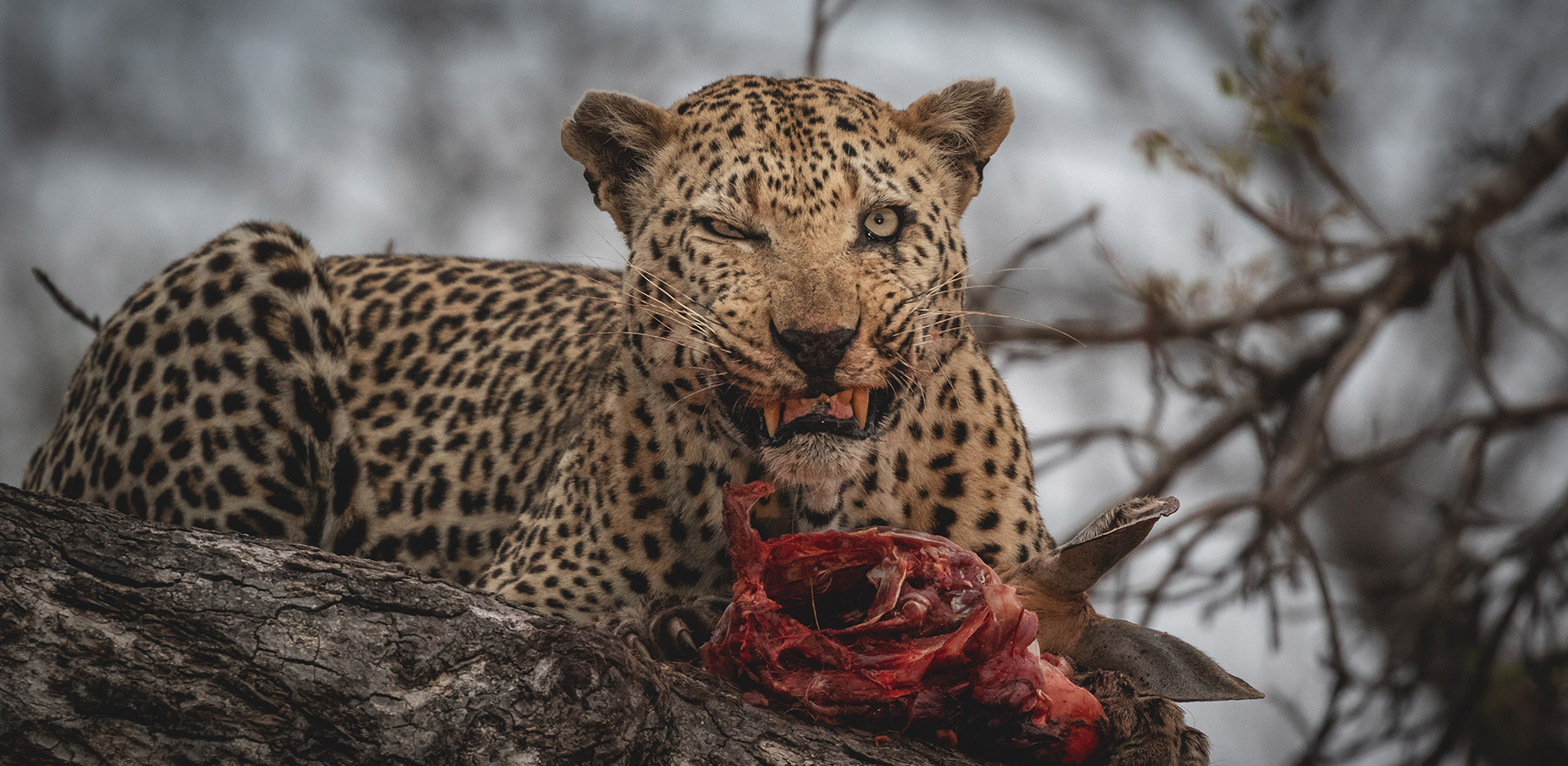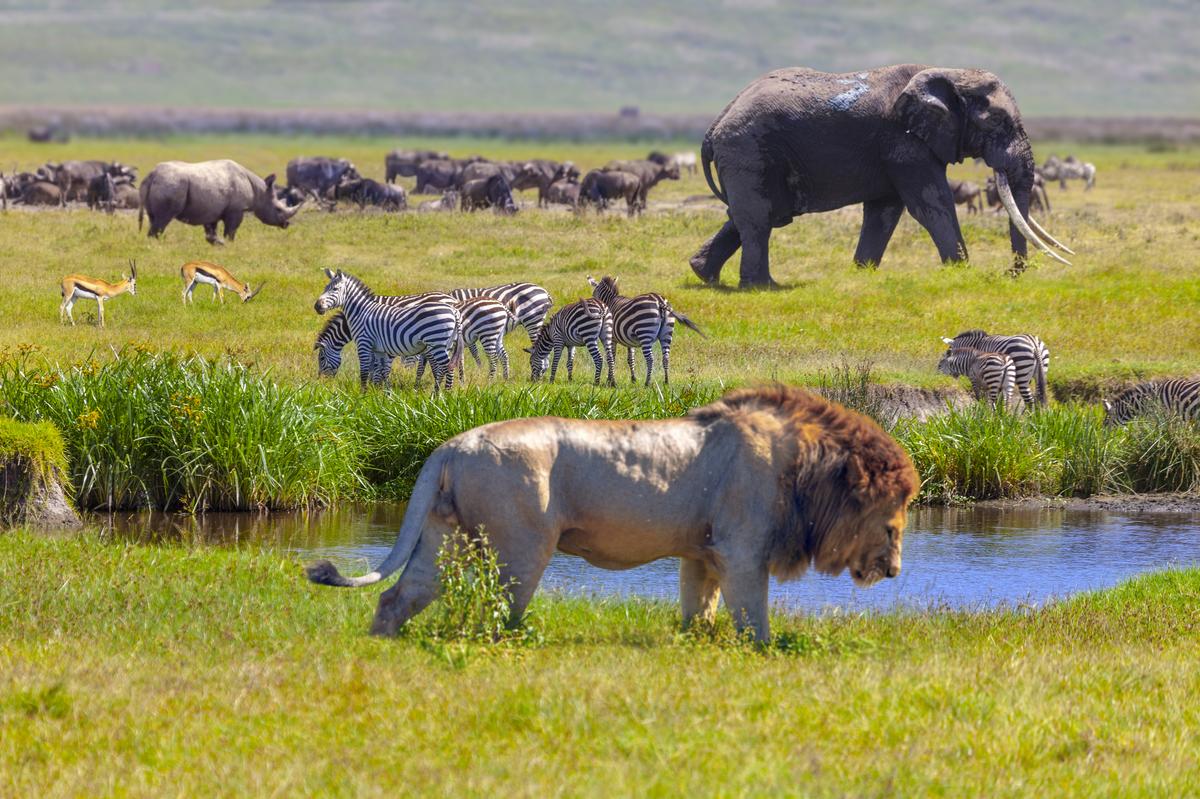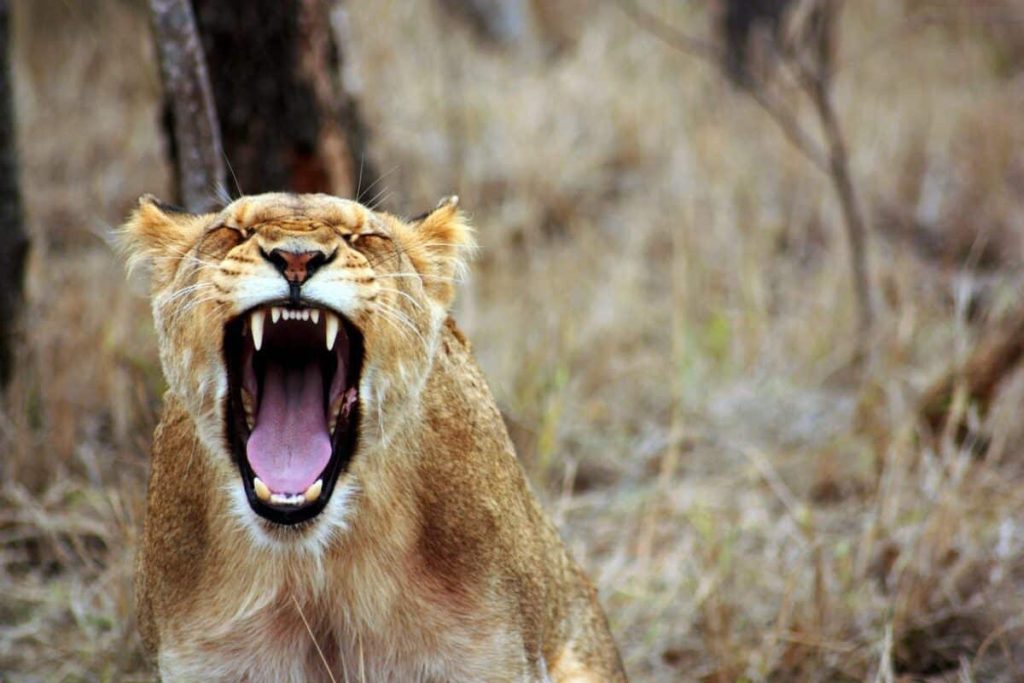- Blogs & Tips
Lion Bite Force (How Powerful & Strong is a lion?)
- By LSTWebmasters
Table of Contents
Lion Bite Force (How Powerful & Strong is a lion?)
The lion bite force is incredible but, it’s not the strongest. The lion depends on other greater powers such as the roar. The lion’s roar may freeze the air around you—but in supplement, their bite seals their legacy as kings of the jungle.
You probably have seen it in documentaries: a lion sinking its massive canines into a buffalo’s throat or crunching through zebra bone like dry twigs. But what really lies behind that terrifying bite? How powerful is a lion’s jaw, and how does it compare to other top predators?
Let’s dive into the truth behind the lion’s fatal weapon—its bite force—and why it matters in the wild.
What Is Bite Force?
Bite force is the total amount of pressure an animal’s jaw can possibly exert, usually measured in pounds per square inch (psi) or Newtons.
The lower the psi, the weaker the bite and the higher the psi, the stronger the animal can grip, tear, or crush its prey.
For lions, bite force isn’t just about bringing the prey down—it’s about how fast they can bring down, kill, tightly hold it to ensure survival in a harsh jungle where hesitation means hunger.
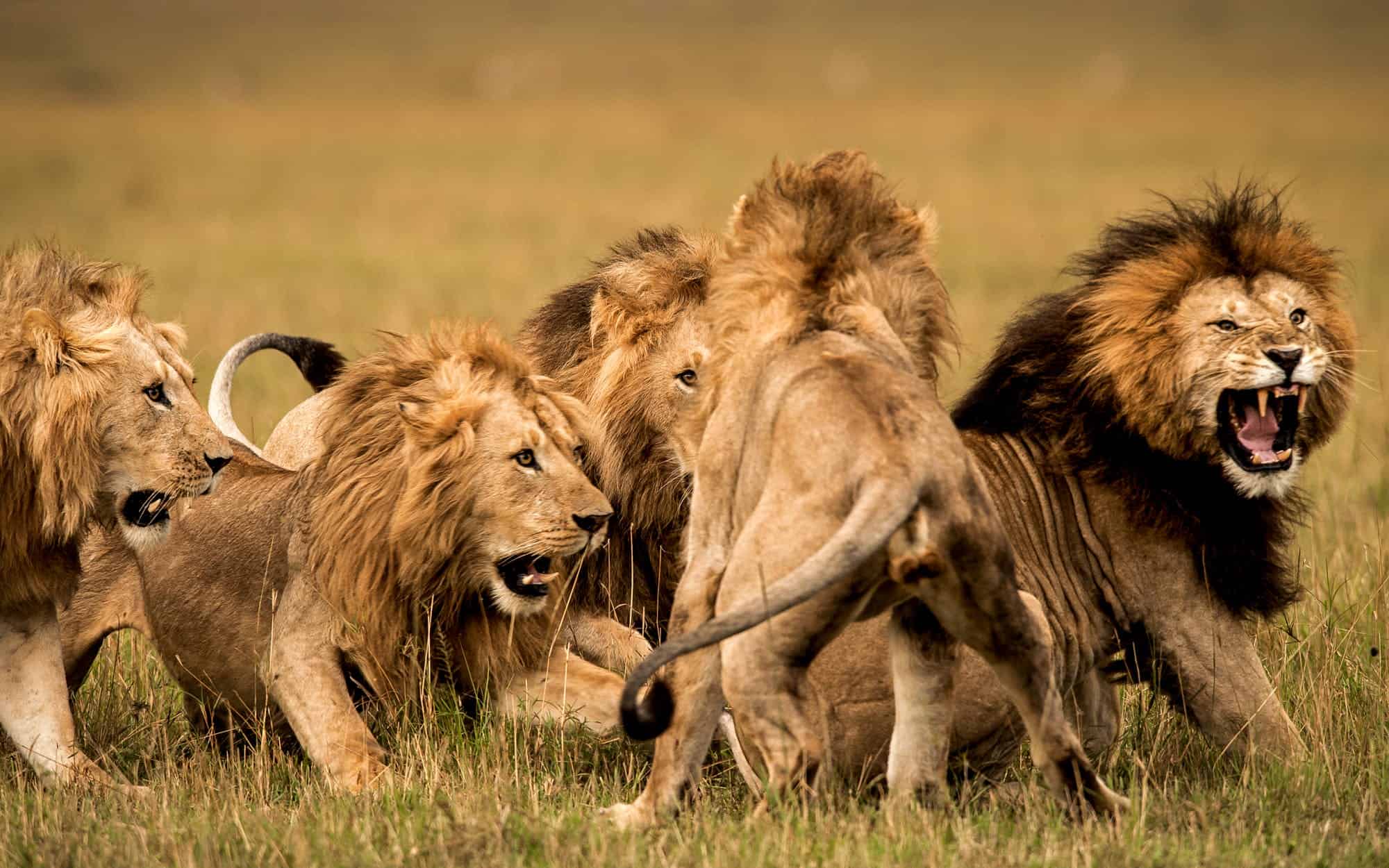
Lion Bite Force: Measured and Explained
The average bite force of a lion is between 650 to 1,000 psi (pounds per square inch). That’s roughly 4,500 to 6,800 kilopascals or 4,000–5,000 Newtons.
Lions may not top the list, but they don’t need to. Their bite is adapted for precise, strategic killing, not sheer crushing power. It’s a weapon of swift control, not of destruction
To put that in perspective:
- A domestic dog (like a Labrador): ~300 psi
- A hyena: ~1,100 psi (stonger than that of the lion, can crash in seconds)
- A jaguar: ~1,500 psi (this is the strongest bite force of all the big cats)
- A Nile crocodile: Over 3,700 psi (record holder in reptiles and other animals)
- Leopard 500psi (weaker than lions bite force)
- Human 500psi
Lions don’t have the strongest bite in the animal kingdom—but what makes their bite deadly is how they use it. Lions are ambush predators. They rely on muscle, weight, and strategic targeting to bring prey down—using their bite to suffocate or crush rather than shred.
Lion Bite Force (How Powerful & Strong is a lion?) Pictorial
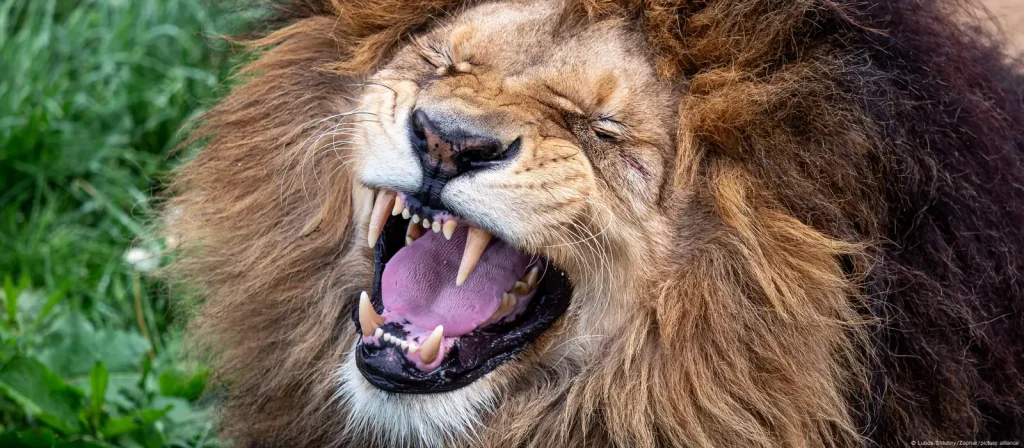
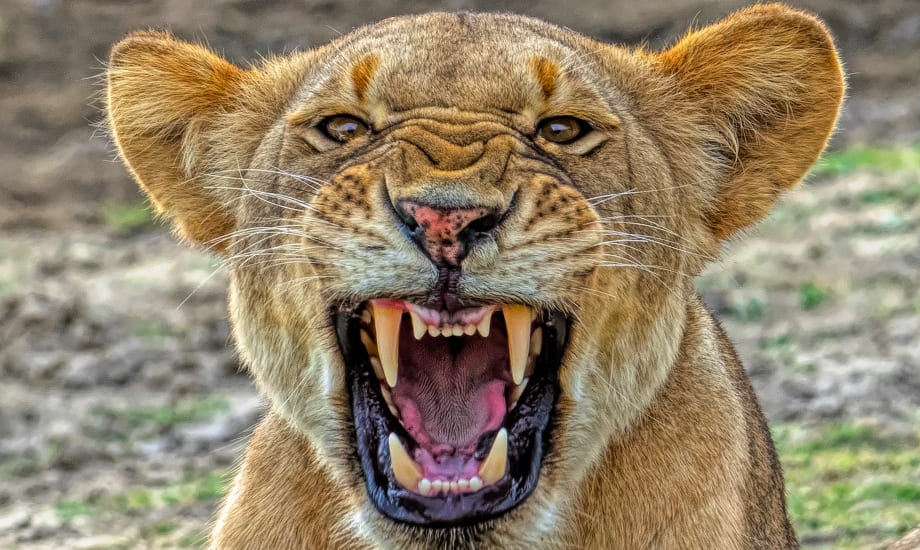
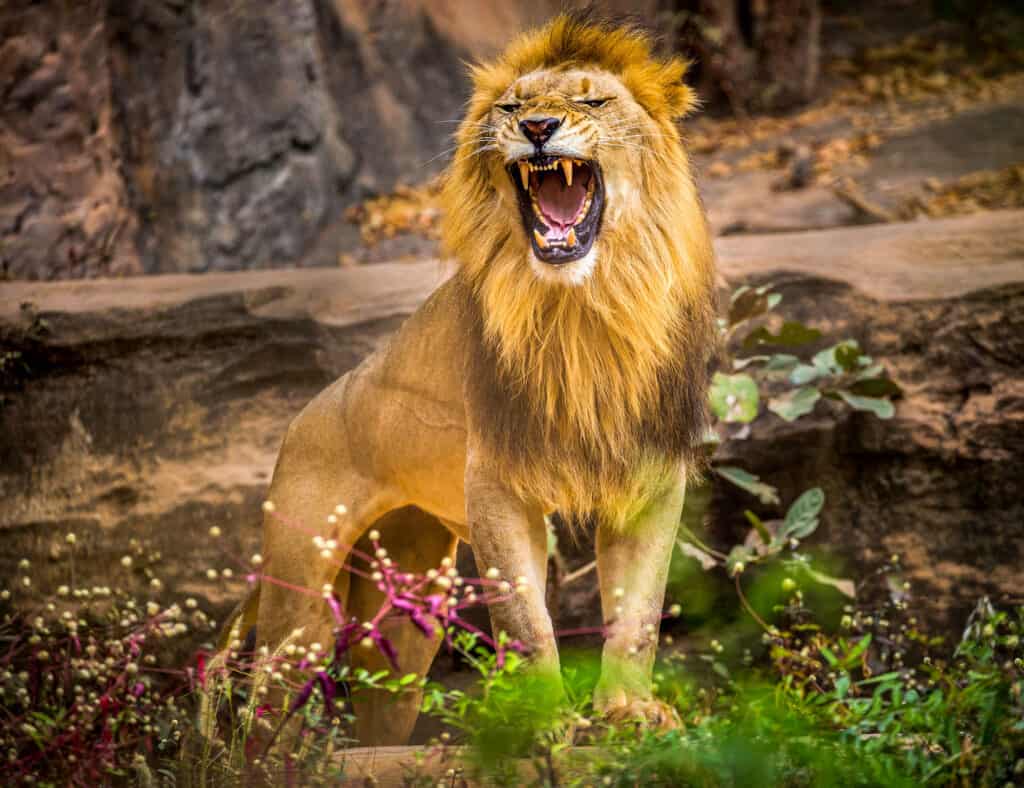
What Can Lions Do With That Bite?
Crushing: Lions kill large prey by biting the neck or snout, compressing the trachea and suffocating their victim. With 650–1,000 psi behind their bite, they can bring down animals that weigh three to four times more than themselves—buffalo, zebra, even young giraffes.
Clamp and Hold: Once a lion latches onto its target, it doesn’t let go. That strong jaw pressure helps it anchor in during a struggle. Prey may twist and thrash, but the lion’s grip holds like a steel trap, often until the fight goes still.
Crack Bone (Occasionally): While lions don’t specialize in bone-cracking like hyenas, they do break through small bones, ribs, and joints when feeding. Their bite helps them access rich marrow and snap tendons with brutal efficiency.
Besides the Lion’s Bite force, how do lions Succeed?
You might be surprised to hear that lions don’t have the strongest bite force. But lions don’t need the strongest bite—they need a smart, tactical one.
- Lions are team hunters. They rely on pride coordination to take down prey—biting, clawing, pinning—working together to finish the kill.
- They’re suffocation experts, not bone crushers or ambush maulers like jaguars.
- Their anatomy balances power with precision. The lion’s bite evolved not just for killing—but for communication, cub-carrying, and dominance displays too.
- It’s not always about psi—it’s about purpose.
Unlike jaguars that kill with a skull-crushing bite or hyenas that crack bones for the marrow, lions evolved for coordinated ambush and group strength. They’re strategists, not solo assassins.
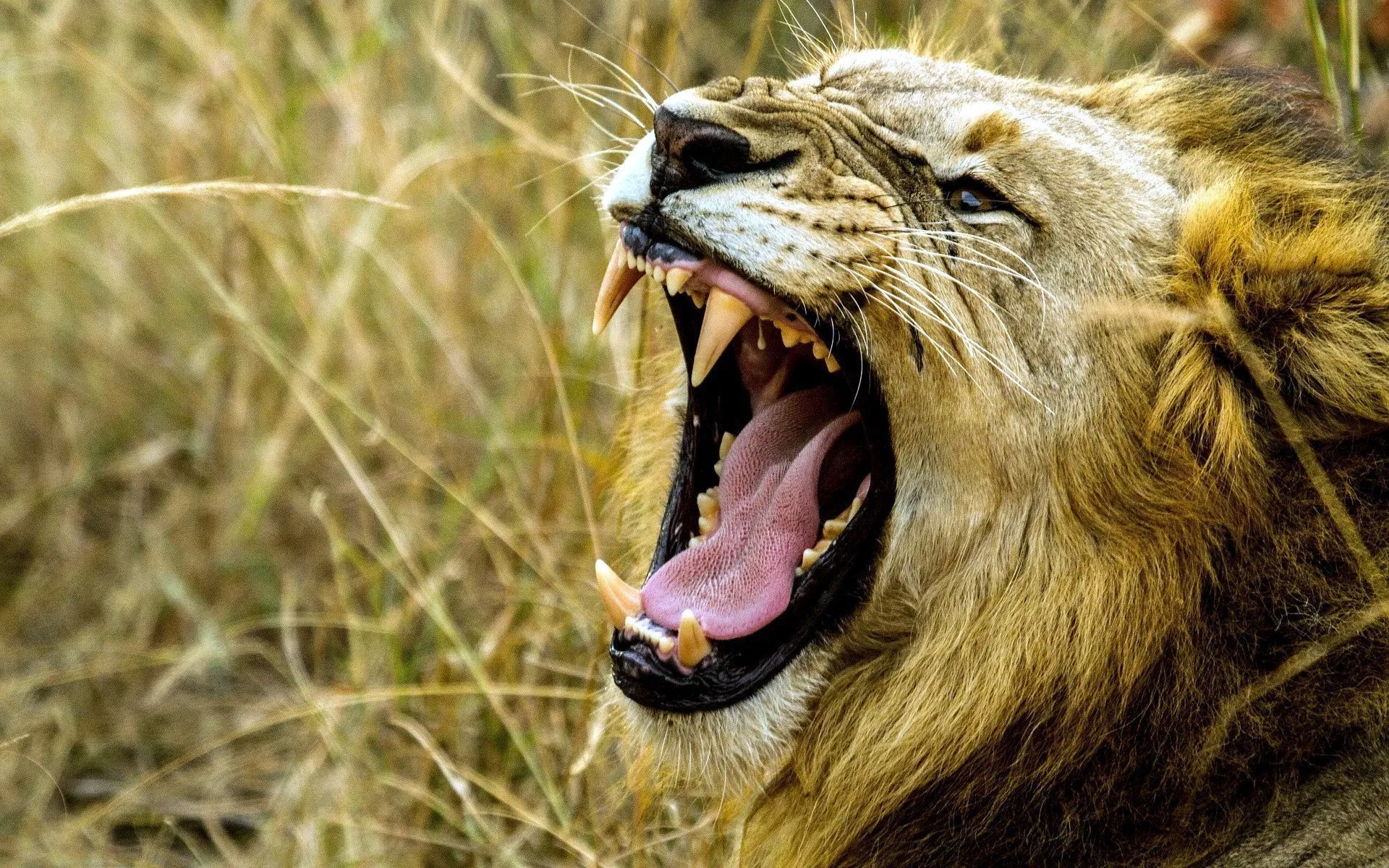
Lion Strength – More Than Just a Jaw
While the bite is a lion’s final act in a hunt, the real power begins in the body. Lions are immensely strong—able to tackle prey more than three times their own weight. A male lion weighs around 180 to 225 kg and can drag a buffalo carcass alone, leap over 11 meters in a single bound, and bring down prey that would take four humans to move.
Much of this strength comes from their front limbs and shoulders. Thick muscles and flexible joints allow lions to pounce, pin, and overpower. Their claws—retractable and razor-sharp—add grip, while their long tails help balance during quick turns and chases.
So when a lion bites, it’s the end of a full-body symphony of power, speed, and stealth.
Anatomy of a Lions mouth
A lion’s mouth is a marvel of design—built not just to kill but to control. The average lion has 30 teeth:
- 4 canines for puncturing and holding
- 12 incisors for scraping meat from bones
- 10 premolars and 4 molars (called carnassials) for slicing flesh like scissors
Those iconic canines can reach up to 8 cm in length and are perfectly spaced to grip a windpipe or spine. Their jaws hinge wide open—up to 30 degrees—allowing deep bites and maximum leverage. Even their tongue is built for the job: covered in papillae (tiny backward-facing spines) that help rasp meat from bones.
Lions don’t chew—they shear and swallow. Their mouth anatomy is all about efficiency: kill fast, feed faster.
Suggested Packages
What Can Lions Do With That Bite?
Lions kill by suffocating. Their bite force—650 to 1,000 psi—isn’t designed to crush skulls or snap femurs, but to silence prey by closing off airflow. By clamping down on the throat or muzzle, they block the windpipe and blood flow to the brain. In minutes, even massive animals collapse.
That same pressure also holds prey firm during struggles. Lions are tactical—they’ll wait out a wildebeest’s thrashing or stay latched onto a zebra until it gives in. When feeding, their jaws rip through hide, snap soft bones, and carve deep into muscle.
Bite Force vs. Human Jaw Strength
A human bite maxes out at around 160 psi. That’s enough to crack a walnut, maybe even a finger bone. But compared to a lion’s 1,000 psi—it’s not even close.
Imagine that kind of pressure driving 8 cm canines into your body. It’s not a bite—it’s a death grip, backed by claws, muscle, and 200 kg of feline fury.
Side tip
Beyond the numbers, there’s something primal about watching a lion use its bite. It’s not just the raw strength—it’s the silence that follows. When a lion brings down prey, there’s no chaos. No sound. Just dust, muscle, and one final grip.
And when a lion roars, that same jaw sends shockwaves across the savanna—telling every creature within miles: The king is near.
Conclusion
Without a doubt, lions don’t bite the hardest—but they bite smart. Their strength, jaw structure, and hunting style are perfectly tuned to dominate the wild.
As lion numbers fall and their territory shrinks, we’re not just losing a predator—we’re losing a piece of natural design perfected by time. Every lion that disappears takes with it a legacy of power, grace, and ancient survival.
So next time you hear a lion’s roar, remember—it’s backed by more than muscle. It’s history. Power. And a legacy worth protecting.

Engage an expert
Need help planning your Serengeti adventure today?
GET A QUOTE
Get a free Quote today.




